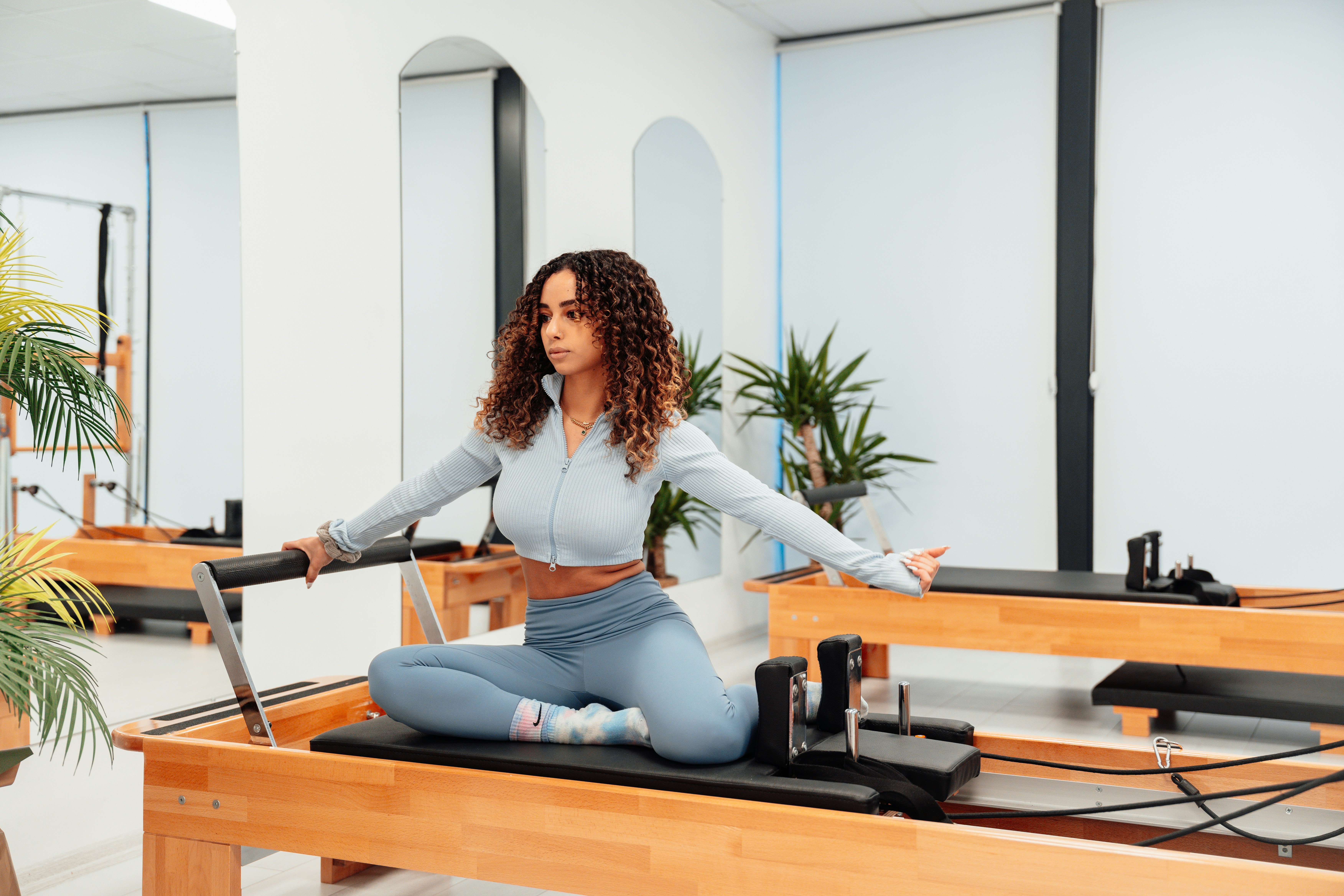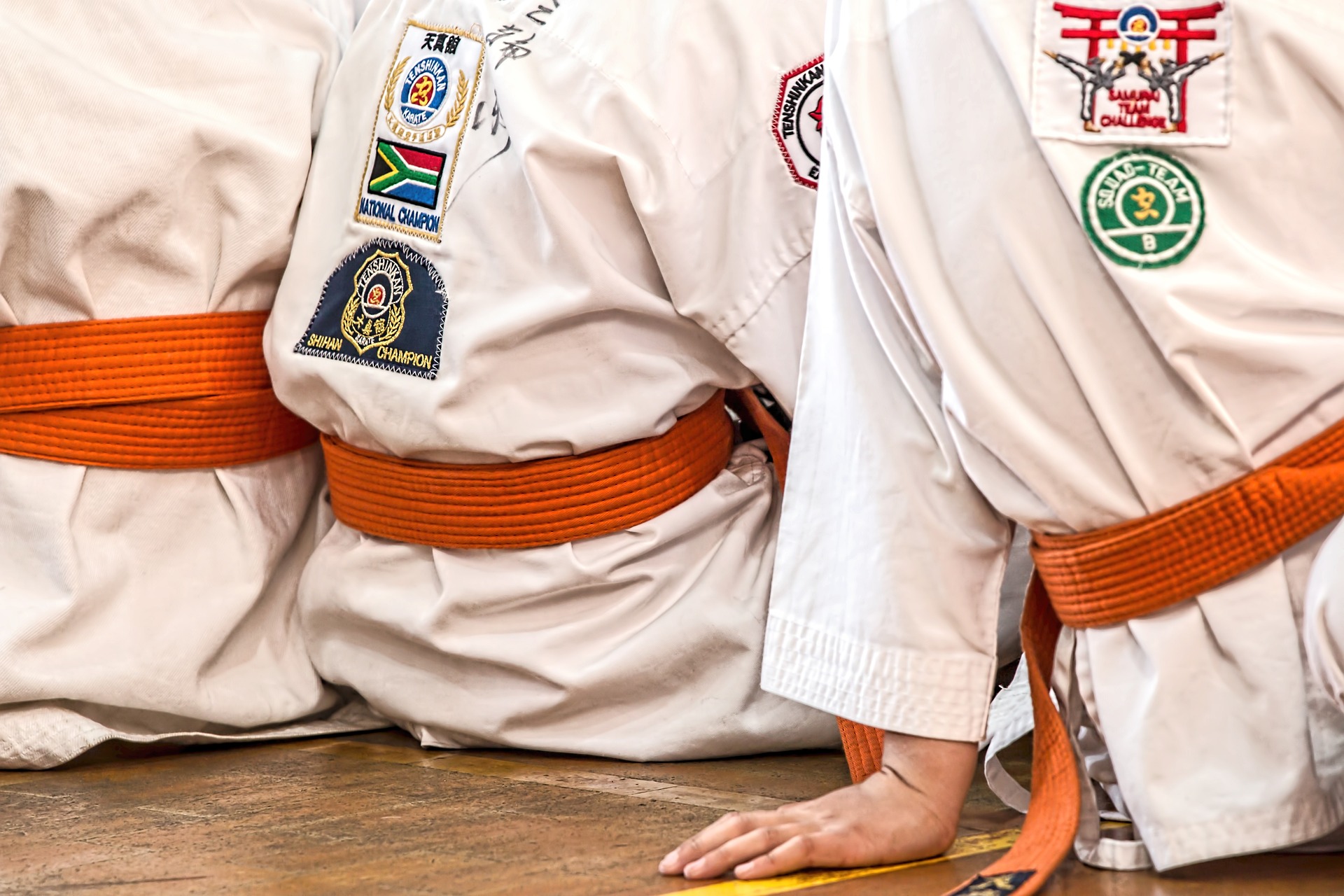Sculpting a Stronger Core: The Power of Pilates for Toned Abs
Pilates has made a significant comeback in recent years, especially among fitness enthusiasts seeking a low-impact yet highly effective workout for core strength. By focusing on controlled movements and body alignment, Pilates helps you build a lean, toned physique without the strain on your joints. Want to know how Pilates can transform your abs? Read below for tips and insights on mastering this incredible fitness regime.

Why Pilates Works for Core Strength
Pilates is unique in its ability to target deep abdominal muscles through slow, controlled movements, leading to a strong, stable core. Unlike traditional ab exercises like crunches, Pilates engages muscles that support your spine, improving posture and stability. This makes it an excellent choice for those seeking more than just flat abs—it’s about building functional strength.
Pilates focuses on activating the transverse abdominis, the deepest abdominal muscle, which acts like a corset around your waist. Strengthening this muscle helps flatten your stomach and protect your lower back from injury. Moreover, Pilates emphasizes breathing, which plays a crucial role in oxygenating your muscles and aiding in muscle recovery. Each move in Pilates engages not only your abs but also your entire body, making it a holistic workout option.
Beginner-Friendly Yet Challenging
One of the greatest advantages of Pilates is its accessibility for beginners, while also providing a challenge for more advanced practitioners. Whether you’re new to fitness or looking to add variety to your workout, Pilates offers a range of exercises that can be adapted to your skill level. Beginner Pilates focuses on learning proper alignment and control, which are foundational for advancing to more difficult movements.
The Plank to Pike, Hundred, and Leg Circles are excellent starting points for building core strength. As you gain confidence, you can move on to more complex movements like the Teaser or the Criss-Cross, which challenge your balance and coordination. Consistency is key; over time, you’ll notice increased flexibility, better balance, and a toned core.
Pilates Equipment: Is It Necessary?
While Pilates can be performed on a mat, introducing equipment like a Reformer or Pilates ring can take your workout to the next level. Equipment-based Pilates offers a different dynamic, adding resistance to help sculpt and define your muscles even further. Reformers are especially effective for engaging your core, as they require stability and control, two cornerstones of Pilates.
The Reformer helps improve range of motion and strength by adding resistance through springs and pulleys, enhancing the intensity of core exercises like footwork and knee stretches. For beginners without access to equipment, props like resistance bands and small hand weights can still enhance your workout. While mat-based Pilates provides excellent results, adding equipment can accelerate your progress and keep your routine exciting.
The Role of Pilates in Injury Prevention
Pilates isn’t just about building strength—it’s also a fantastic tool for injury prevention. By promoting proper alignment and muscle balance, Pilates helps protect your joints and spine. This is particularly beneficial for those with lower back pain or posture-related issues, as a strong core alleviates pressure on these areas.
Exercises such as the Bridge and Pelvic Tilt are great for strengthening the lower back while improving hip mobility, which is often overlooked in traditional fitness programs. Pilates can also be a valuable rehabilitation tool for those recovering from injury, as the low-impact nature of the exercises reduces stress on the joints while improving muscle endurance. Whether you’re an athlete or just looking to move more efficiently, incorporating Pilates into your routine can help you prevent future injuries.
How to Incorporate Pilates into Your Routine
Incorporating Pilates into your weekly fitness routine can be simple and highly rewarding. Start with 2–3 sessions per week, either on your own or by attending a class. Since Pilates focuses on control rather than speed, it can serve as an effective complement to more intense cardio or strength-training exercises.
If you’re short on time, you can even add short Pilates routines to your day by targeting specific areas like your abs, legs, or arms. Pilates workouts as short as 10–15 minutes can still provide impressive results when done consistently. Combine Pilates with other forms of exercise like yoga, strength training, or swimming for a balanced and varied fitness routine. As your strength and flexibility improve, you’ll be able to advance to more challenging routines, keeping your body guessing and your progress steady.
Useful Tips and Facts for Pilates Beginners
- Start slow: Focus on mastering the basic movements before moving to advanced exercises.
- Breathing is key: Use proper breathing techniques to engage your core and improve muscle endurance.
- Use props: Simple tools like resistance bands or a Pilates ring can add intensity to your workout.
- Engage your core: Always focus on activating your core, even when doing exercises that target other body parts.
- Don’t rush: Pilates is all about control. Move slowly and focus on proper alignment to get the most out of each exercise.
In conclusion, Pilates is an exceptional workout for those looking to strengthen their core and improve overall body alignment. Whether you’re a fitness newbie or a seasoned athlete, Pilates offers the perfect balance of accessibility and challenge. By incorporating it into your routine, you’ll not only tone your abs but also protect yourself from injuries and improve your posture. With consistency and focus, you’ll see long-lasting results that go beyond the aesthetic—Pilates truly helps you move better, feel stronger, and live healthier.




